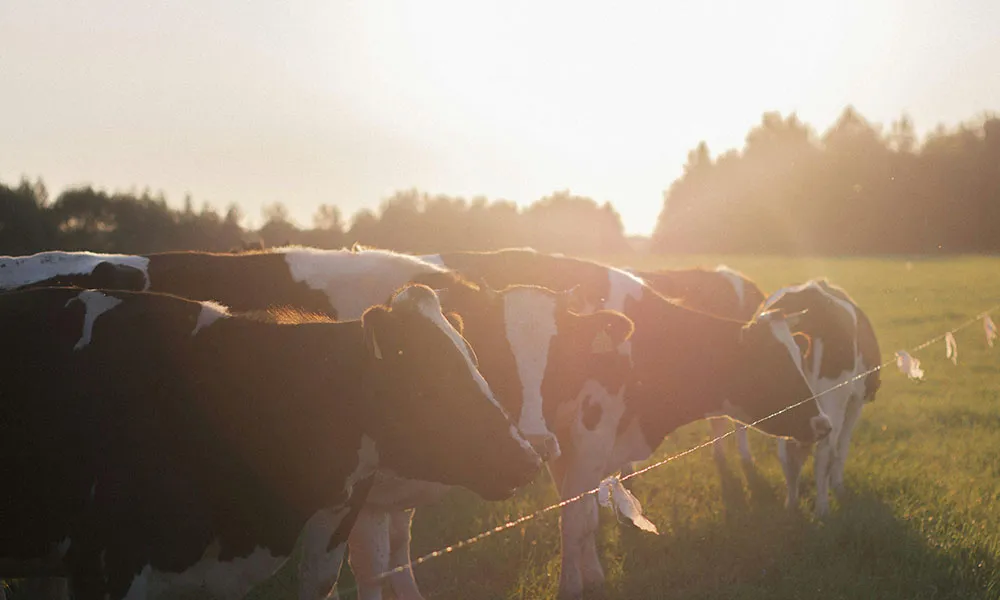
Lambing season is now underway in many parts of the country. For most sheep farmers, this means sleepless nights and a strange mixture of joy and despair. Helping to bring new life into the world is one of the real pleasures of the job, but there is always the nagging fear that vulnerable lambs will succumb to an illness in their first weeks of life. Knowing that new born lambs are susceptible to numerous diseases, it is important that we do what we can to reduce the chances of significant losses over the coming weeks.
Common diseases
While there are many ailments that could afflict lambs in the days after birth, the most common are naval infections (including joint ill), coccidiosis and watery mouth. All of these diseases can and often do prove fatal once contracted by vulnerable lambs. However, all three are preventable in many – though not all – cases. In order to create an effective prevention and treatment plan, it is worth considering the character of each disease.
Naval infections
Naval infections occur in newborn lambs when bacteria enters the body through the newly cut umbilical cord. Once infection has entered the animal’s blood, it can travel to many other parts of the body. Nave-ill and joint-ill are known to be caused by infection of the naval after birth.
Fortunately, prevention of naval infections is relatively straightforward. By dipping the freshly cut umbilical cord in a disinfectant, harmful bacteria can be killed before they have a chance to enter the bloodstream. Natural disinfectants such as iodine or even bee propolis are reliable in this respect, helping to dry out the naval and offset the risk of further infection.
While some practitioners recommend the use of sprays, I have always found dipping to be far the more effective approach. Spraying runs the risk that part of the naval will escape disinfection. Dipping ensures that the entire umbilical cord is covered.
Coccidiosis
Coccidiosis is a scourge during lambing season. However, unlike naval infections, it tends to impact slightly older lambs. Lambs at around 3 to 5 weeks old commonly fall victim to coccidiosis, which can kill quickly.
The key preventative measures here are housing and grassland management. The objective is to reduce lamb exposure to oocysts by creating an environment where the parasite cannot spread. In the case of housing, you should ensure that sheds and feeding facilities are regularly cleaned and disinfected, with bedding replaced regularly. Dry conditions are essential for preventing oocyst spread.
When it comes to outdoor lambing, it is a bad idea to graze newborn lambs on a parcel of land where other lambs have been grazing recently. You should also focus on grazing animals on dry ground and maintaining clean, dung-free feeding facilities.
Watery Mouth
Watery Mouth is another very common scourge in newborn lambs. Invariably resulting in death within hours, the disease is caused by a bacterial infection that multiplies in the lamb’s gut. Drooling, constipation, general weakness and a high temperature are all common symptoms of watery mouth.
It is important to remember that Watery Mouth usually occurs where a lamb has not received adequate colostrum in the first days of its life. Disease can be prevented by ensuring that all newborns receive a sufficient amount of colostrum. Typically, lambs will require 50ml/kg immediately after birth and about 200ml/kg in the first 24 hours of life.











